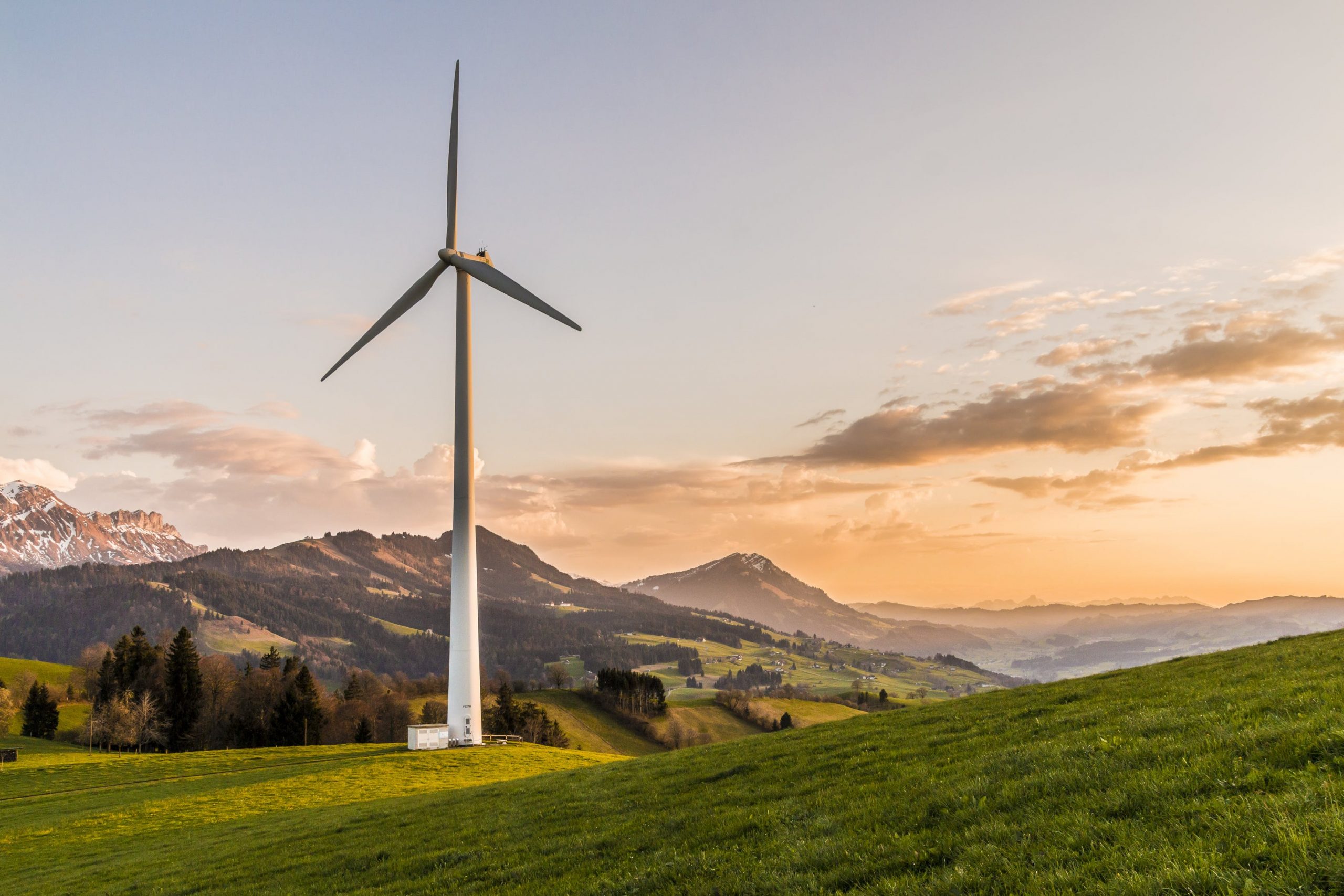
11 Jul ASK AN ENERGY, POWER AND UTILITIES FUTURIST: WHAT DO SMART GRIDS DO?
Working as power futurists and keynote speakers for energy and utility firms, people often ask: What are smart grids, and how do they help greater eco-friendliness and sustainability? It’s certainly a topical question to be asking as of late given growing awareness for green solutions. So, being power futurists and energy/utility keynote speakers, now’s as good a time as any to explain the sort of services these solutions offer:
- Two-way communication. Smart grids allow for interaction between utilities and connected devices like smart meters in homes and businesses which enables features like remote meter reading, outage detection, and demand response.
- Distributed generation integration. Per power futurists, such advancements readily integrate distributed energy resources like residential solar panels, wind turbines, and battery storage – not to mention optimize how these resources are used to meet demand.
- Demand management. Upgrades here also manage demand response programs to reduce peak demand including using smart meters to control or eliminate power to select appliances and devices during high-energy periods. Customers often save money through lower bills.
- Outage management. Smart grids automatically detect energy losses and reroute power flows to minimize the number of customers impacted. Outage duration and frequency are reduced as power futurists and keynote speakers remind.
- Meter automation. As you might imagine, smart grids also transmit data from smart meters to provide automatic and accurate meter reading.
- Asset optimization. New solutions here also help optimize the use of utility assets like substations, transformers, and feeder lines. Performance is monitored in real time to minimize power losses and ensure maximum efficiency.
- Improved reliability. Per top experts in the field, these types of high-tech offerings also restore power faster after outages by automatically reconfiguring the network to isolate fault lines and reroute power flows. What’s more, solutions can also reduce equipment failures through continuous monitoring.
- Reduced costs. By automating meter reading, optimizing energy usage, and enabling demand response programs, smart grids lower operating and fuel costs for utilities… cost savings can then benefit customers through lower rates.
- Grid planning. The data collected by smart grids helps utilities make strategic investments and improvements to the grid. They gain insights into load growth, the impact of distributed generation, and the need for capacity upgrades. Planning is data-driven.
- Enhanced home automation. Smart homes connected to these offerings can additionally automate functions like controlling thermostats, enabling major appliances, and providing home security alerts with the grid’s two-way communication capabilities.



